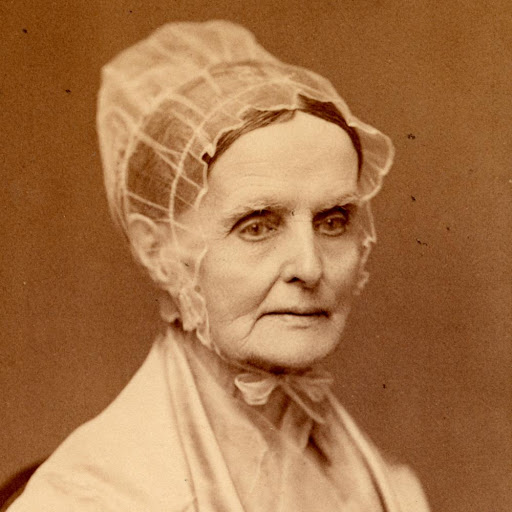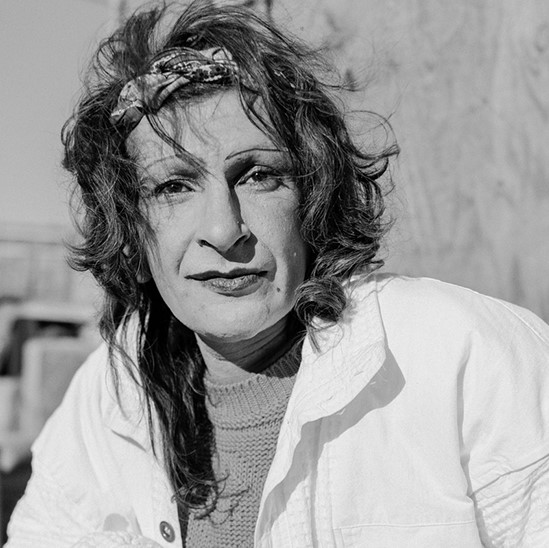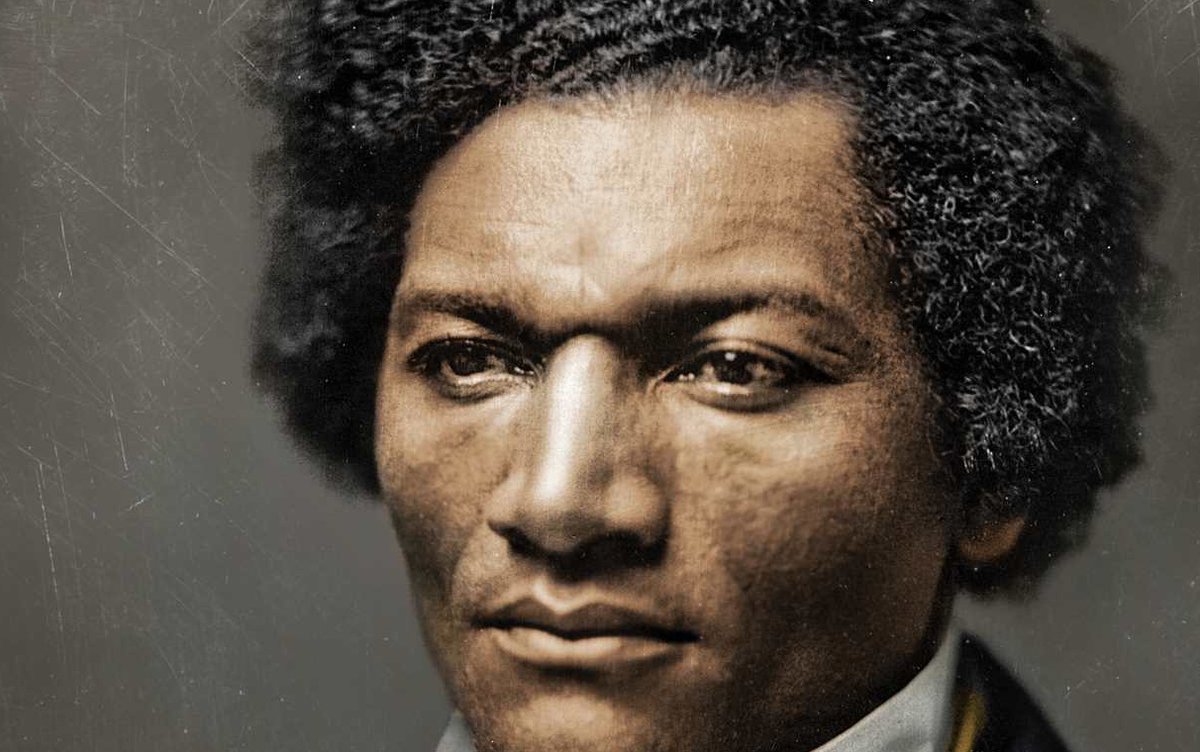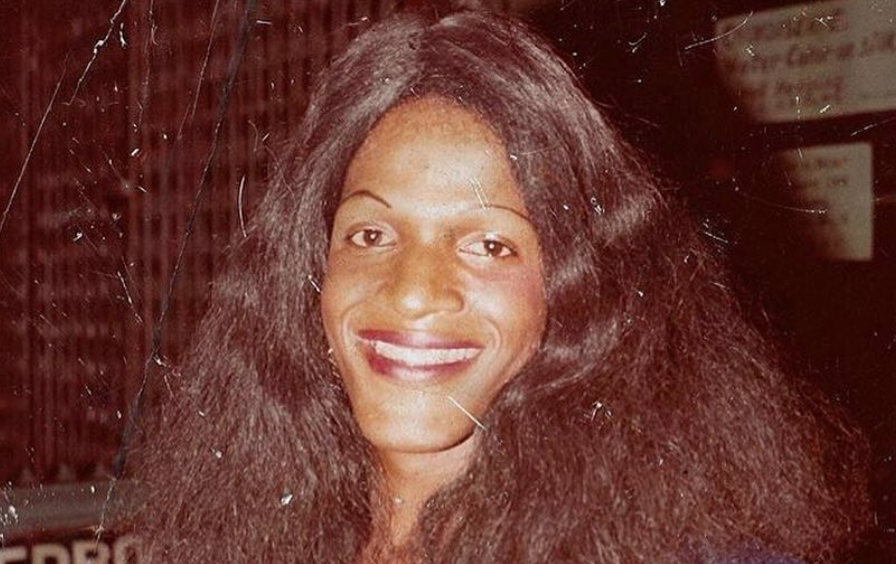
I am ridiculously excited about a suffrage conference next week...
IHO 150 years of 15th Amdt & 100 years of 19th Amdt, the Massachusetts Historical Society is hosting a 🏅 panel *each day.* @MHS1791 @MHS_Research
Free! Registration at bottom.
Select highlights to tempt you:
IHO 150 years of 15th Amdt & 100 years of 19th Amdt, the Massachusetts Historical Society is hosting a 🏅 panel *each day.* @MHS1791 @MHS_Research
Free! Registration at bottom.
Select highlights to tempt you:

Monday @ 2 ET
@EllenDubois10’s new work on the long relationship between ElizCadyStanton & Frederick Douglass;
Thomas Dublin with new discoveries & interpretation on #BlackSuffragists
@LynnEckert4 on doctors
and @ProfMSinha tying it all together.
@EllenDubois10’s new work on the long relationship between ElizCadyStanton & Frederick Douglass;
Thomas Dublin with new discoveries & interpretation on #BlackSuffragists
@LynnEckert4 on doctors
and @ProfMSinha tying it all together.
Tuesday @ 12 ET
Marriage! inc. a paper I’m so eager to hear by @HQuanquin about Stephen and Abby Kelley Foster, and more.
Wednesday @ 2 ET
Empire - @Laura_R_Prieto on the Philippines, @SilvanaSiddali on African American voters in 19th c. midwest & Sunu Kodumthara on Oklahoma.
Marriage! inc. a paper I’m so eager to hear by @HQuanquin about Stephen and Abby Kelley Foster, and more.
Wednesday @ 2 ET
Empire - @Laura_R_Prieto on the Philippines, @SilvanaSiddali on African American voters in 19th c. midwest & Sunu Kodumthara on Oklahoma.
Thursday @ 1:30 ET
Don’t miss @RabiaBelt’s important work on the uses and abuses of disability in the suffrage movement and
@KaraWSwanson on what looks like a really interesting discussion of women inventors, patents, and suffrage.
@ProfPAustin will comment!
Don’t miss @RabiaBelt’s important work on the uses and abuses of disability in the suffrage movement and
@KaraWSwanson on what looks like a really interesting discussion of women inventors, patents, and suffrage.
@ProfPAustin will comment!
Friday @ 1:30 ET
Can’t wait to hear what @elizabethdkatz found about the right to hold public office.
Plus @AdamHDomby on how the 'lost cause’ connects 15th & 19th Amdts.
Then @aklange1 closes out.
Wow!
Register today! masshist.org/conferences
#19thAmendment #15thAmendment
Can’t wait to hear what @elizabethdkatz found about the right to hold public office.
Plus @AdamHDomby on how the 'lost cause’ connects 15th & 19th Amdts.
Then @aklange1 closes out.
Wow!
Register today! masshist.org/conferences
#19thAmendment #15thAmendment
• • •
Missing some Tweet in this thread? You can try to
force a refresh










